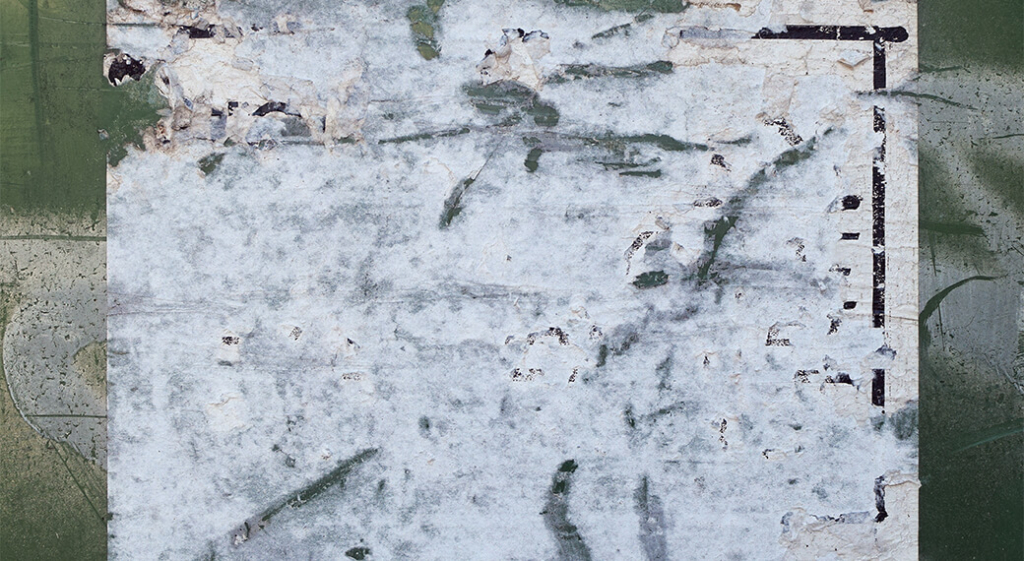Picture this: A box of shiny new steam table pans, sauté pans, and plastic containers arrive at your restaurant. Amid the excitement, you notice each item has a sticker on its surface. Even the sauté pans. And these stickers do not want to budge.
The thrill of receiving new supplies can quickly turn into frustration when you discover that these persistent labels seem to have an ironclad grip on the product. In this article, we offer a breadth of methods to banish those stickers — without wasting hours of your time or leaving residue behind. Each method employs products and tools that are easy to track down, if not already in your professional kitchen.
Vegetable Oil
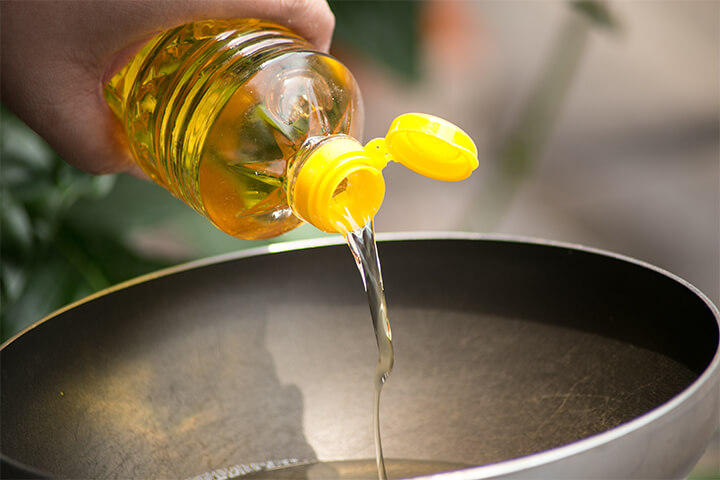
Vegetable oil or most cooking oils are a convenient and effective method to remove adhesive.
Applying Vegetable Oil to Sauté Pans
Oftentimes, we receive sauté pans with a large sticker protecting its cooking surface. To remove these without scratching your brand new cookware try the following:
To prepare the pan for speedier removal, place it on a stovetop burner over low heat and let it warm up for a few minutes. This will help soften the adhesive on the sticker, making it easier to remove. While it’s not a necessary step, you can employee this technique with any of our recommended methods.
First, apply a generous amount of vegetable oil to the sticker. Let it to sit for at least 15 minutes, allowing the oil to penetrate the adhesive. Next, gently scrape off the sticker using a plastic spatula or soft cloth to avoid scratches. Then, wash the pan with warm, soapy water to eliminate any remaining oil residue.
Applying Vegetable Oil to Plastic Containers
Coat the sticker with vegetable oil. Then, allow the oil to sit for at least 30 minutes. When enough time has passed, simply peel off the sticker. The softened adhesive should allow for easy removal. Since this is a messy technique, wash the container with warm, soapy water to remove any residual oil.
Applying Vegetable Oil to Steam Table Pans
Apply vegetable oil to the sticker and allow it to sit for at least 15 minutes. Next, use a credit card or similar non-metallic tool to gently scrape off the sticker. Finally, wash the pan with warm, soapy water to remove any remaining oil residue.
Baking Soda Paste
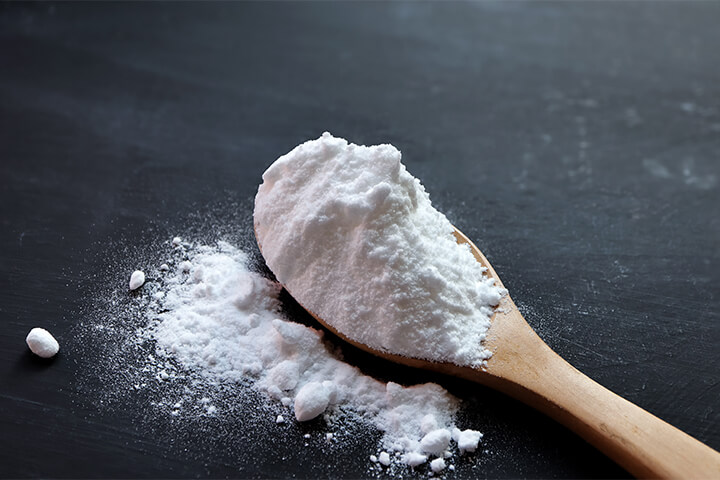
For a gentle, non-toxic option, turn to baking soda.
Using Baking Soda on Sauté Pans, Plastic Containers, & Steam Table Pans
Create a baking soda paste with equal parts baking soda and water or your own preferred recipe, for instance, using vinegar. Apply a generous amount of paste over the sticker. Then, give it 15-20 minutes to break down the adhesive, noting that stainless steel hotel pans may need up to 30 minutes. Last, gently scrub and rinse with warm water to remove residue.
Commercial Adhesive Removers
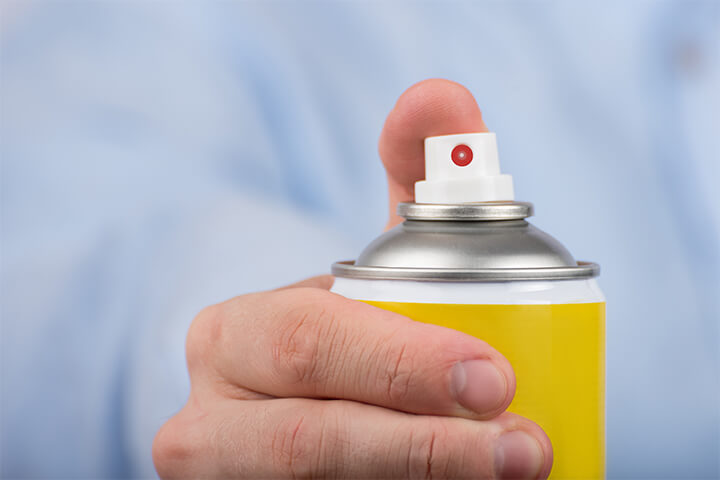
When employing commercial adhesive removers like Goo Gone or Citra Solv, always check the manufacturer instructions first, and contact them if you have any questions. Additionally, work in a well-ventilated area and protect your hands with gloves.
Using Commercial Adhesive Removers on Sauté Pans, Plastic Containers, & Steam Table Pans
If you have any concerns about the product, test it on an inconspicuous surface area. If all goes well, apply the remover, let it sit for the recommended time, and then gently scrape or rub off the sticker. Don’t forget to wipe the area clean to remove any remaining adhesive residue. Finally, be sure to thoroughly wash the sauté pans, ensuring there are no traces of chemicals remaining on its cooking surface.
Rubbing Alcohol
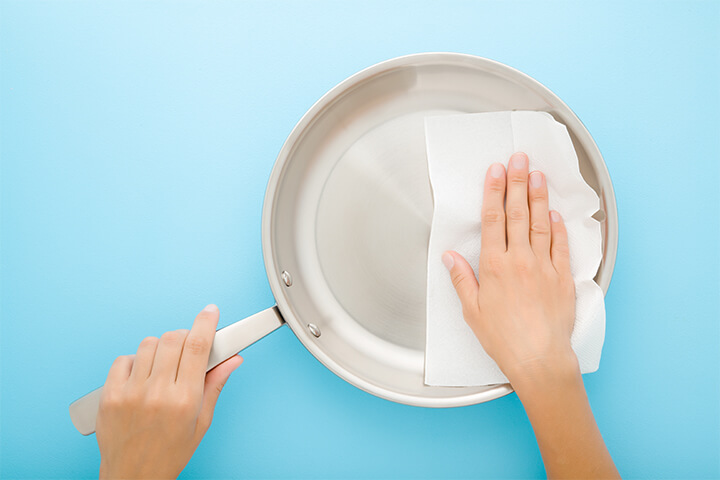
Rubbing alcohol is an effective, cost-effective, and versatile solvent that can be used to remove stickers from a variety of surfaces. Always remember to keep rubbing alcohol away from any heat sources to avoid starting a fire.
Applying Rubbing Alcohol to Sauté Pans, Plastic Containers, & Steam Table Pans
Away from heat sources, pour a small amount of rubbing alcohol onto a clean cloth or paper towel. Then, dab the alcohol onto the sticker, making sure to saturate it completely.
At this point, allow the rubbing alcohol to sit and work its magic on the adhesive for a few minutes. You may even notice the sticker starting to lift off the surface of the pan. Use a plastic scraper or a very soft-bristled brush to gently scrape away the softened sticker. Once the sticker is removed, wipe the pan clean with a fresh cloth or paper towel. Last, follow by rinsing with warm, soapy water.
The Hairdryer Technique
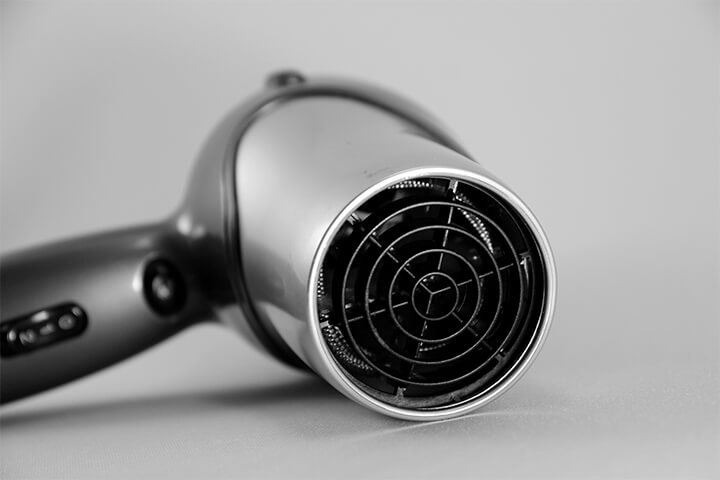
Applying heat to the problem is a great solution that can be used in combination with other methods for a more efficient sticker-removal process. And there’s an easy tool for the job.
Using a Hairdryer on Sauté Pans & Steam Table Pans
First, apply heat with the hair dryer by using its hottest setting and holding it about 6” away from the sticker. Heat the sticker for about 30 seconds to a minute, or until it starts to soften and wrinkle.
Once the sticker is softened, use a fingernail or a butter knife to gently pry up one edge of the sticker. Slowly peel off the sticker, working your way from the lifted edge towards the center.
If any paper or residue remains, repeat the process or allow products to soak in warm, soaper water. This will enable you to remove the sticker entirely, leaving you only with clean, new kitchenware.
Using a Hairdryer on Plastic Containers
Be careful not to overheat the plastic with the hair dryer, as this could cause it to melt or warp.
The Sticker Struggle
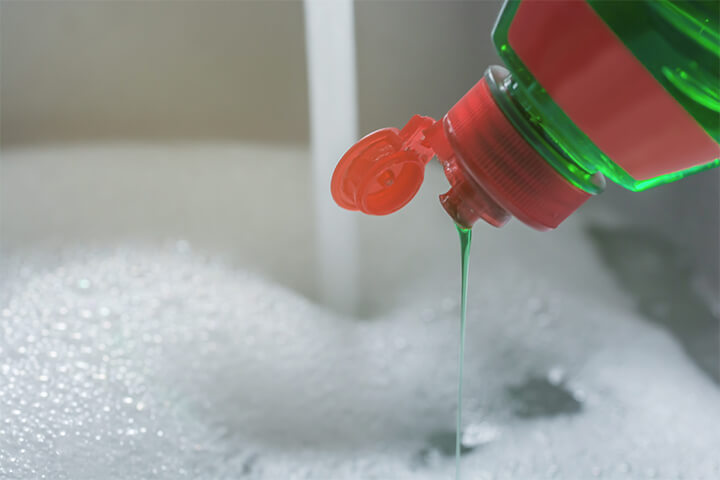
The battle against persistent stickers can be won with a combination of patience, the right tools, and a gentle touch. Whether you opt for kitchen staples like vegetable oil or venture into the world of commercial removers, the key is to adapt your approach to the specific material and circumstances. Does your back-of-house have a go-to sticker removal method? Let us know in the comment section!

